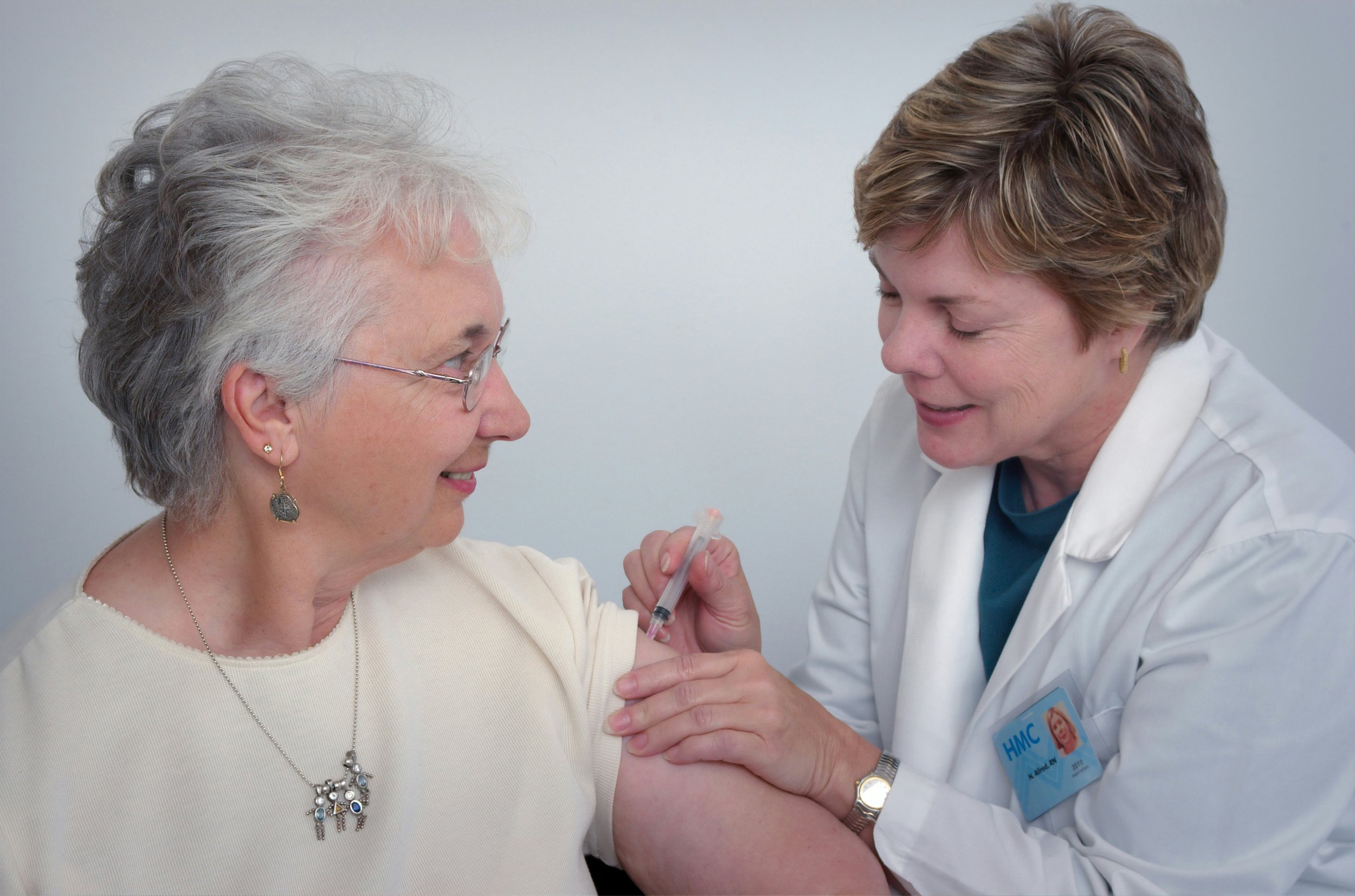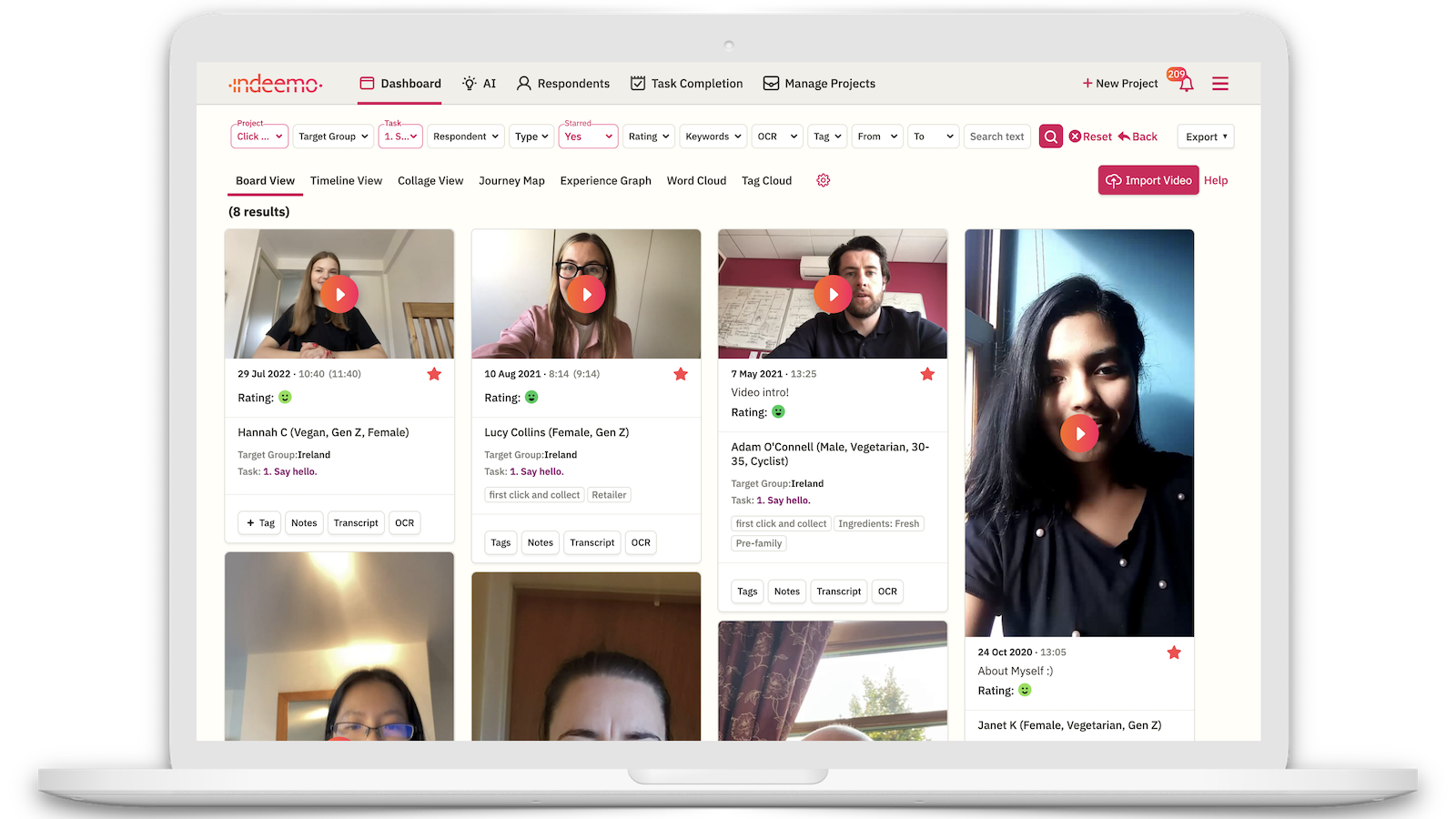5 Tips for Capturing Rich Patient Feedback
The path to optimal design is intricately tied to the insights and feedback from its end-users - in this context, the patients. This blog delves into the criticality of patient-centred feedback in the design and production of medical devices, emphasising the role of asynchronous and in-the-moment qualitative research. Here, we provide five essential tips for capturing invaluable patient feedback during prototype testing, ensuring that the final product not only meets clinical requirements but also aligns with patient needs and preferences.
Engage in Asynchronous Research Methods
Asynchronous research methods, such as digital diaries or online patient communities, allow patients to provide feedback at their convenience, leading to more thoughtful and comprehensive insights. These methods accommodate the patient's schedule and comfort, reducing the pressure associated with real-time interactions and fostering a more authentic expression of thoughts and experiences. By implementing asynchronous research tools, researchers can gather a wide range of feedback over time, capturing the evolving interactions patients have with the device.
Capture Patient Feedback In the Moment
Capturing feedback in real-time, or as close to the patient experience as possible, yields the most accurate and immediate reactions to a medical device prototype. Utilise mobile apps, such as Indeemo, to prompt users for feedback immediately after they interact with the device. This approach minimises recall bias and ensures that the feedback is directly related to the usage experience, providing clear and actionable insights for design improvements.
Task Design: Simplify for Clarity and Purpose
Designing tasks that are simple, clear, and purposeful is paramount in eliciting rich and relevant feedback from participants. Each task should be framed in a way that is easily understandable, avoiding technical jargon or complex instructions that might confuse or overwhelm the patient. The task should be directly linked to the research objectives, aiming to elicit responses that shed light on specific aspects of the device's usability, comfort, or functionality. By crafting well-designed tasks, researchers can ensure that each interaction with the prototype generates meaningful data that can inform design decisions.
Be Patient-Centric - Empathise
Creating an environment where patients feel genuinely heard and understood is crucial for meaningful engagement. Empathetic communication, respect for patient experiences, and reassurance of the value of their feedback encourage open and honest sharing. Researchers should establish a rapport with participants, expressing genuine interest in their well-being and perspectives on the device. This approach not only enhances the quality of feedback but also builds trust, increasing the likelihood of continued participation in the research process.
Utilise Patient Experience Research Methods and Tools
Incorporating visual aids and interactive tools can significantly enhance the feedback process. Tools like video diaries, photovoice, or interactive prototypes enable patients to visually demonstrate their experiences, challenges, and suggestions. These methods can be particularly useful in identifying design issues that may not be easily articulated through words alone, such as ergonomic problems or interface usability issues. By allowing patients to show and tell, researchers gain a richer, more nuanced understanding of the patient-device interaction.
A Collaborative Path to Innovation
The design and production of medical devices are greatly enriched by incorporating patient feedback into every stage of development.
By adopting these five tips, researchers and designers can ensure that the devices they create are not only technologically advanced but also deeply aligned with the needs, preferences, and experiences of the patients who will use them.
This patient-centred approach to design fosters innovation that truly makes a difference in the lives of patients, setting a new standard for medical device development.
Get Started Today
Ready to dive deeper into Patient-Centred Feedback? Contact us for a demo and see how Indeemo can revolutionise your approach to capture feedback.







